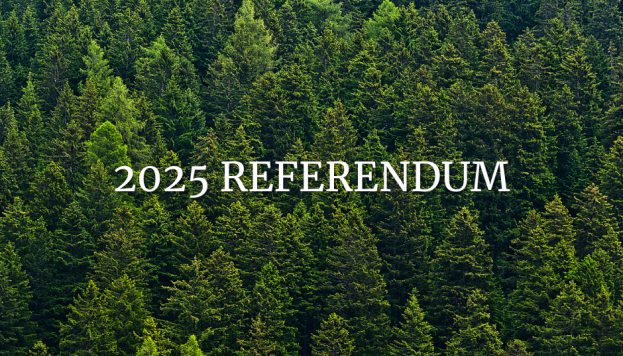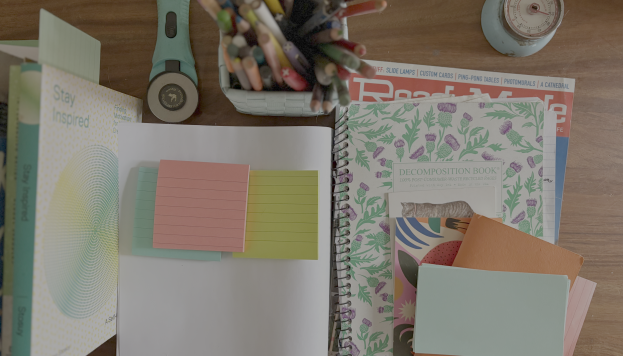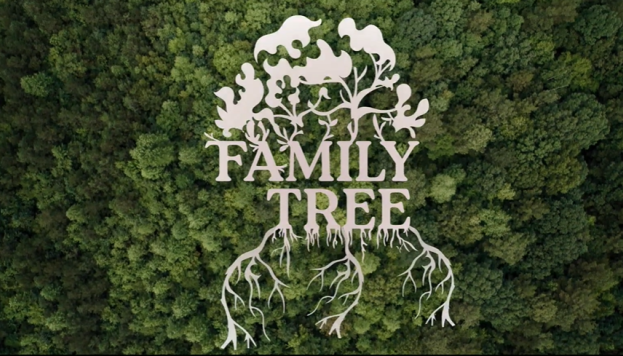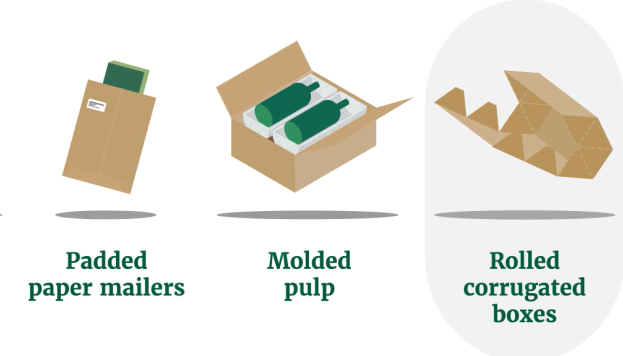Why Do Pages Still Matter?
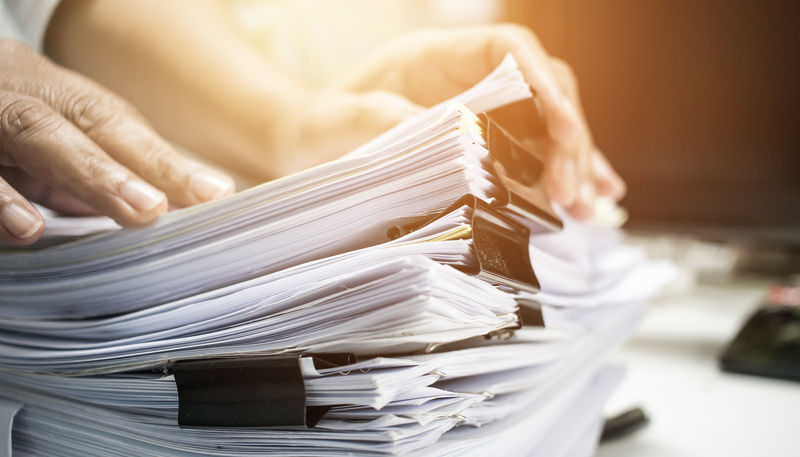
When the biographer, William Caro, released his latest book last month, I noticed that reviewers always seemed to mention the length of his books when trying to gauge his importance. “Why LBJ Biographer Robert Caro Still Writes 1000-Page Books by Hand,” said the headline in The Wall Street Journal. “His first masterpiece, ‘The Power Broker,’ 1,336 pages published in 1974,” explained The New York Times. The Minneapolis StarTribune said the masterpiece is actually only 1,279 pages and dismissed his new book as “a mere 207 pages.”
Why is the number of pages significant? Because, while we live in a digital world, we still tend to measure the importance of a document by its weight, both in physical and historic terms.
Remember the 911 report, with almost 600 pages? It suggests exhaustive research and comprehensive conclusions. A 600-page report is serious!
What’s even more serious . . . how about an 888-page report? That’s how Time magazine and others described the Report of the President's Commission on the Assassination of President Kennedy otherwise known as the Warren Commission Report. The report of the U.S. Anti-Doping Agency on Lance Armstrong and the USPS Cycling Team ran a whopping 1,000 pages. And a colossal environmental impact report for a football stadium once proposed for downtown Los Angeles in 2012 ran a stupendous 10,000 pages.
Keep in mind these reports are all digitized so the number of paper pages is a metric that doesn’t even apply to them. But imagine a TV news anchor reporting that an important government document is 3.5 megabytes big. It doesn’t have the same gravity and import as saying how many hundreds of pages long it is.
Paper occupies a place in our culture as a kind of currency. It represents something of value. That’s why when we want to record something truly important we put it in writing on paper.
Sure, some of our most consequential decisions, thoughts, and plans are written on just one page. The Declaration of Independence and the Bill of Rights are written on single sheets of paper. The Emancipation Proclamation is barely two pages long, the U.N. Charter is one page of text and two pages for signatures. Short and sweet has its place too.
But I can’t help but think that while we are increasingly living in a digital age, our language and our thoughts are still firmly rooted in the physical world where pages matter. Digital communications, for all its wonder and reach, is just another channel for expressing ideas but it’s no substitute for paper.
You can count on it.
